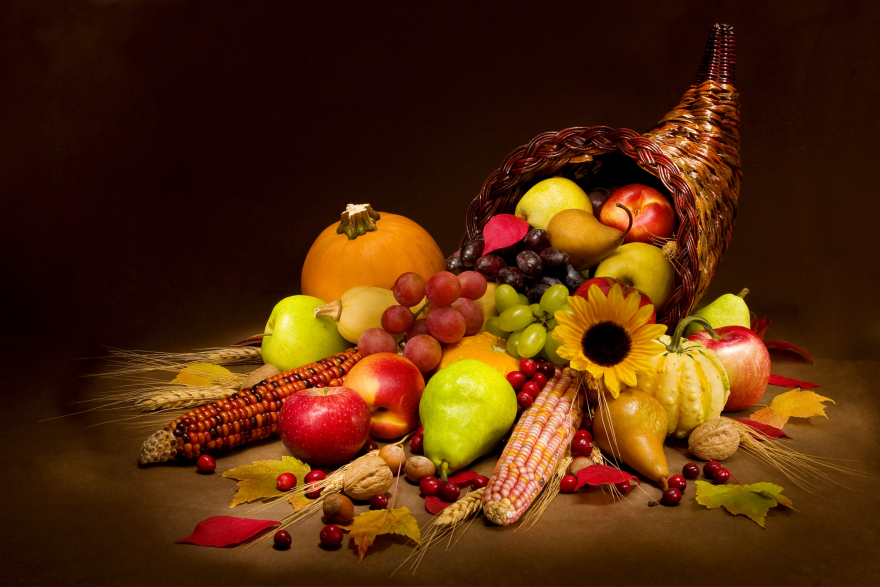These days, it’s widely recognized that the real first Thanksgiving took place in St. Augustine in 1565—a full 56 years before the Plymouth, Massachusetts, event that you probably learned about in school.
If you’re still skeptical, just listen to season 1, episode 30 to hear historian Rodney Kite-Powell of the Tampa Bay History Center break it all down.
The first Thanksgiving banquet consisted of foods like venison, bean stew and hard biscuits. And while corn and pumpkin had their place on the table, they hardly resembled the cornbread stuffing and pumpkin pie we feast on today.
To learn how early Floridians used these and other dietary staples, we reached out to Andrew Batten. You may remember him from our conversation titled How Florida Became “the Birthplace of Fusion Cuisine,” in season 3, episode 11.
Andrew is a board member for Florida Living History, a St. Augustine-based educational nonprofit. Andrew has a particular interest in Florida’s culinary history.
He explains the importance of squash and pumpkins, which are native to the Americas, for indigenous groups, including the Timucuans in Northeastern Florida. Still grown in Mexico and sold in many Latin American markets, these calabazas are larger, flatter and greener than the round orange pumpkins we carve on Halloween.
Natives roasted the meaty insides. When the Spanish arrived, they took things a step further. They created a stuffing of meat, bread or rice, plus onions and garlic that they’d brought from Spain. They stuffed the pumpkin with this mixture, baked it and served it in slices.
Stewed pompion, or pumpkin, was boiled down to a gravy-like texture. This was likely served as a dish at the first Thanksgiving dinner.
“And of course because there were more natives than Europeans at the first Thanksgiving, it may have been a gesture of cordiality to their guests that they served that alongside the venison,” he notes.
Natives and Spanish settlers also used dried pumpkin as a sweetener because sugar, honey and maple syrup weren’t readily available. They cut it into thin slices, hung it up to dry and used it to sweeten everything from grits to ale.
“Dried pumpkin is an excellent sweetener, and it will keep for a long time,” Andrew says.
Corn also keeps for a long time. Florida’s indigenous groups grew corn that was about two-thirds the size of the ears we grill today. The corn grew hard, dry and speckled with colors including yellow, red, blue and black—similar to ornamental Indian corn. The ears were too tough to eat and digest, so nearly all native groups across the Americas ground the corn and boiled or stewed it, similar to today’s grits or polenta. During winter, they’d place the corn in large woven baskets, cover it with a mat and bury it in sand dunes. Corn, Andrew says, made “an ideal survival food.”
In our conversation, Andrew also addresses how Florida’s early cultures adopted each other’s ingredients: Spanish garlic and figs, West African yams, native sabal palm berries and much more.
The cultural exchange was necessary for survival, Andrew says.
“Within probably a generation, you have this hybrid cuisine growing out of necessity. Florida was the poorest part of the Spanish empire. For centuries, it was the poorest part of America,” he says. “So these foodways grew out of necessity and turned into something wonderful.”
Related episodes:
- Was The First Thanksgiving in St. Augustine?
- How Florida Became “the Birthplace of Fusion Cuisine”
- Yaupon Brothers American Tea Co.
- Chef Sean Sherman, The Sioux Chef
Copyright 2021 WUSF Public Media - WUSF 89.7. To see more, visit WUSF Public Media - WUSF 89.7. 9(MDAyNDY5MjM1MDEyODE2MzMyMTZmZDQwMg001))






